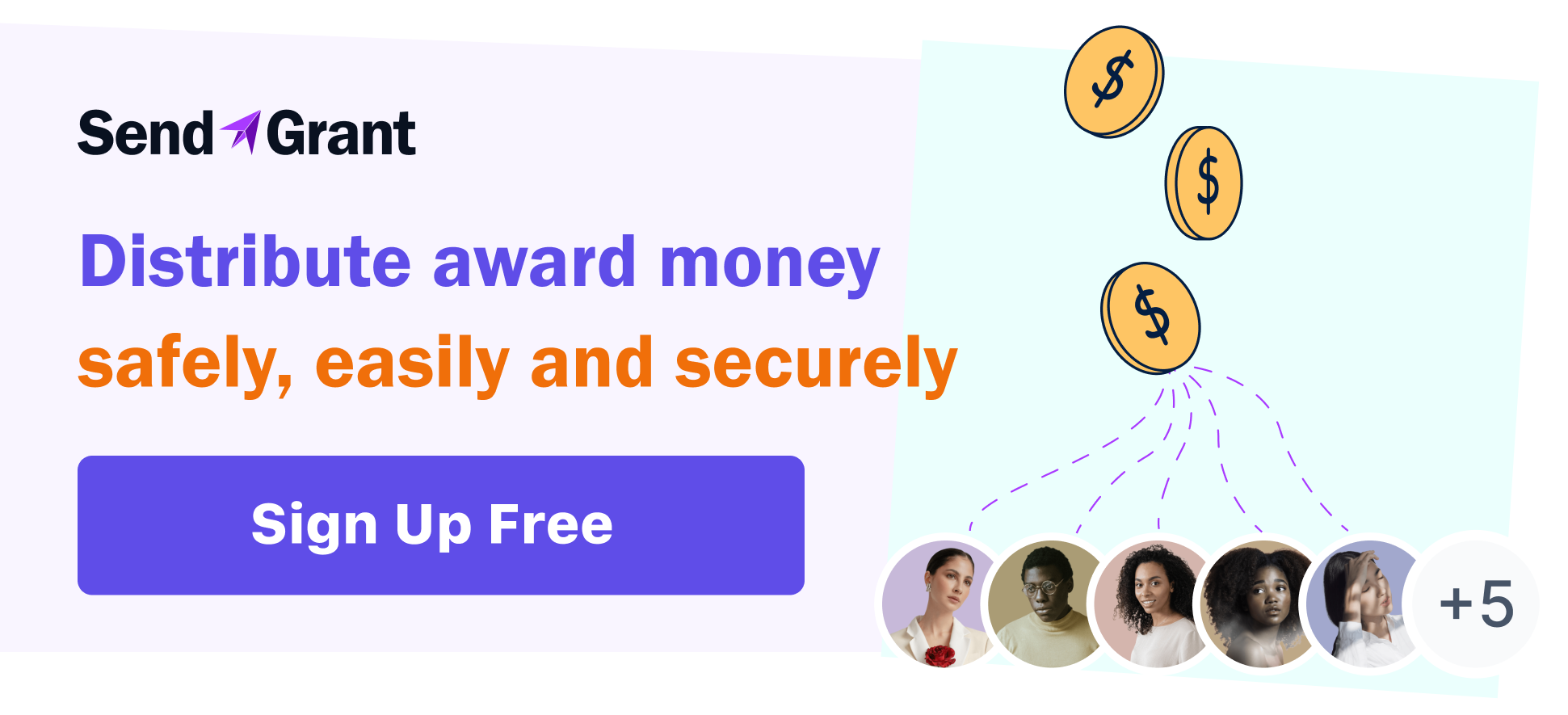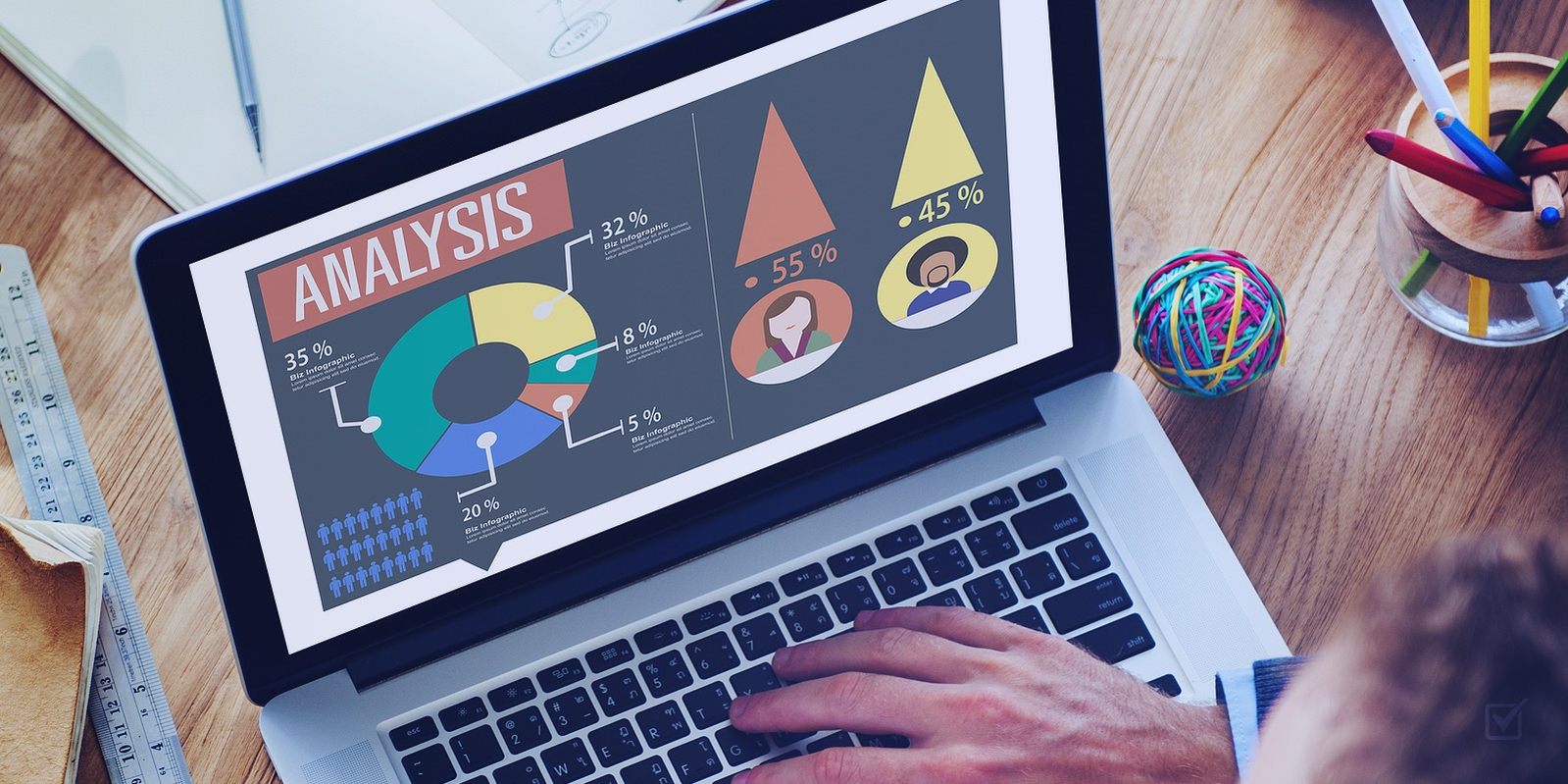Donor Pyramid - How to Create and Use One
What is a donor pyramid? Is it really all that special when it comes to raising money?
Yes! A donor pyramid is a powerful tool that helps nonprofits and grantmakers just like you to be able to visualize and manage their donor base.
It organizes supporters into different levels based on their giving amounts. For example, small one-time donors are placed at the bottom, and the major donors are at the top.
The Power of the Donor Pyramid: The Secret to Boosting Your Nonprofit's Fundraising
Creating a donor pyramid can help your organization focus its fundraising efforts and move donors to higher giving levels over time. It’s basically a visual model that makes it easy to see where your donations are coming from and identify opportunities to grow your donor base.
With a clear donor pyramid in place, you can develop targeted strategies to engage supporters at each level and maximize your fundraising potential.
Bottom line - The donor pyramid is more than just a fancy chart - it's a game-changer for nonprofits looking to supercharge their fundraising efforts. Let's dive into how this powerful tool can transform your organization's approach to donor management and grant distribution.
Why Donor Pyramids Matter in Grant Management
When it comes to managing grants, having a clear picture of your donor base is crucial. A donor pyramid gives you that bird's-eye view, helping you understand where your support is coming from and where it could potentially grow.
This insight is invaluable when it comes to allocating resources and planning grant distribution strategies.
Your donor pyramid is a lot like a roadmap because it shows you which donors are most likely to support specific grants or projects based on their giving history and their level of engagement.
When you have a donor pyramid, you can target your grant proposals more effectively, increasing your chances of success.
If that wasn’t enough of a reason to create a donor pyramid, check this out - A well-structured donor pyramid can help you identify potential major donors who might be interested in funding larger grants too. When you focus on moving donors up the pyramid, you're not just increasing individual donations - you can actually build a stronger foundation for substantial grant funding in the future.
Building Your Donor Pyramid: A Step-by-Step Guide
Creating a donor pyramid might seem daunting, but it's simpler than you might think. You can use a donor pyramid template if you like, but here’s a quick method to get started:
First, gather your data
Pull together all the information you have on your donors. You’ll want to include things like:
- Giving history
- Engagement levels, and
- Any other relevant details
Next, define your levels
Decide how many levels your pyramid will have and what giving amounts will define each level. This will vary depending on your organization's size and donor base.
Then, analyze and visualize your donors
Sort your donors into the appropriate levels based on their giving history. This will help you create a visual representation of your pyramid, showing the number of donors at each level.
Finally, identify goals and develop strategies to gain more donations
For each level of your donor pyramid, set goals for how many donors you'd like to see and what average gift size you're aiming for. From there you can create specific strategies for engaging donors at each level and moving them up the pyramid.
Remember, your donor pyramid is a living document. It should be regularly updated as your donor base grows and changes.
Slicing the Pie: Segmenting Donors by Giving Levels
Segmenting your donors is where the real magic of the donor pyramid happens. By grouping donors based on their giving levels, you can tailor your approach to each segment, making your fundraising efforts more efficient and effective.
Typically, a donor pyramid includes the following levels, from bottom to top:
- Prospects: These are potential donors who haven't given yet.
- First-time donors: Those who've made their first contribution.
- Repeat donors: Supporters who give regularly, but in smaller amounts.
- Mid-level donors: Consistent givers who contribute more substantial amounts.
- Major donors: Your biggest supporters, often giving large, transformative gifts.
- Planned giving donors: Those who've included your organization in their estate plans.
Each of these segments requires a different approach. For example, your strategy for first-time donors might focus on stewardship and education about your mission, while your approach to major donors might involve more personalized, high-touch engagement.
Moving on Up: Strategies for Donor Advancement
The real magic happens when you start moving donors up the levels, a process we call donor advancement. However, this isn’t about pushing people to give more than they're comfortable with. It's about nurturing relationships and showing donors the impact they can have.
So, how do we make this happen? Well, it starts with getting personal. Tailor your messages to each donor's interests and their giving history. Show them you're paying attention. Then, give them ways to get involved beyond just writing checks. Maybe it's volunteering at an event or joining a committee. The more connected they feel, the more invested they become.
Don't forget to show off a bit - in a good way! Regularly share stories about the difference their donations are making. When the time is right, gently suggest increasing their support. But always, always make sure they feel appreciated, no matter the size of their gift.
Pro tip: educate your donors about the impact of larger gifts.
Sometimes, people just don't realize how much more they could be doing.
Tech Tools: Using Software to Track and Analyze Donor Data

Managing your donor pyramid manually is like trying to build a house with a hammer and nails when you could be using power tools. Donor management software can dramatically streamline the process of creating, maintaining, and analyzing your donor pyramid.
These tools can help you:
- Automatically segment donors based on giving history
- Track donor interactions and engagement
- Identify trends and patterns in giving
- Generate reports to guide your strategy
- Set and monitor goals for each donor segment
When choosing software, look for options that integrate well with your existing systems and offer robust reporting features. The right tool can turn your donor pyramid from a static chart into a dynamic, actionable resource.
The Personal Touch: Tailoring Outreach Based on Pyramid Level
When it comes to donor communication, one size doesn't fit all. Your outreach should be as diverse as your donor base, tailored to each pyramid level. For prospects and first-timers, focus on education and small involvement opportunities.
With repeat and mid-level donors, highlight their ongoing impact and offer deeper engagement. Major donors appreciate personalized contact, exclusive updates, and strategic input. For planned giving donors, emphasize long-term relationships and legacy impact.
The key to effective personalization? Know your donors. Use your management system data to craft targeted strategies for each segment. Remember, it's about building connections that resonate at every level of the pyramid.
Measuring Up: Gauging Success and Tweaking Your Approach
Like any strategic tool, your donor pyramid is only as good as the results it produces. Regularly measuring your success and adjusting your strategies is crucial for maximizing the effectiveness of your pyramid approach.
Key metrics to track include:
- Donor retention rates at each level
- Average gift size by level
- Donor advancement rates (how many donors move up the pyramid)
- Total giving by level
- Return on investment for different engagement strategies
Don't be afraid to experiment with different approaches and see what works best for your organization. Maybe a new recognition program boosts mid-level donor retention or a series of intimate events helps move more donors into the major gift category.
The beauty of the donor pyramid is its flexibility. As you learn more about what resonates with your donors, you can refine your strategies to better meet their needs and your organization's goals.
SendGrant and the Donor Pyramid: A Perfect Match

Understanding and implementing a donor pyramid is just the first step. The real magic happens when you pair this powerful strategy with a tool like SendGrant. Here's why they're a match made in nonprofit heaven:
- Targeted fund distribution: With your donor segments clearly defined, SendGrant helps you efficiently distribute funds to the right recipients, whether they're scholarship awardees, grant recipients, or program beneficiaries.
- Streamlined processes: SendGrant's centralized client portal aligns perfectly with the donor pyramid approach, allowing you to manage different payment sizes all in one place.
- Transparent reporting: SendGrant's robust tracking and reporting features complement your donor pyramid strategy, providing clear insights into fund distribution across all donor levels.
- Building stronger relationships: The donor pyramid emphasizes long-term relationship building. SendGrant's data exports keep donors informed about their contributions, strengthening these vital connections.
Integrate your donor pyramid strategy with SendGrant and you're not just optimizing your fundraising - you're creating a seamless, secure, and efficient system for managing and distributing funds.
Ready to take your donor management to the next level? Try SendGrant today and experience the difference for yourself. Sign up now and get your first five transactions absolutely free!



